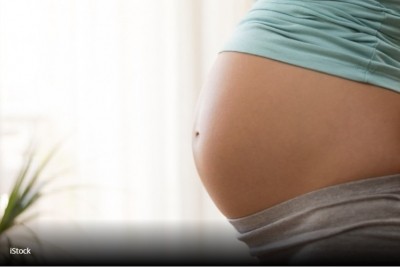Iron availability key in treating of fatty liver disease, say researchers

Fatty liver disease affects - associated with being overweight or obese - can lead to liver cirrhosis, liver cancer and increase the risk of a heart attack.
But sufferers often find it difficult to lose weight through diet or exercise. ECU researchers hypothesised that people with the condition may be physiologically incapable of exercise due to iron not being available for the body to use normally, which is very similar to the effects observed in people who have a true iron deficiency.
The researchers measured the cardiovascular fitness of 848 17-year-olds enrolled in the Western Australian Pregnancy Cohort Raine Study and found that those with non-alcoholic fatty liver disease had lower physical work capacity independent of their weight.
This reduced physical work capacity was also strongly related to parameters suggesting that iron is not being made available to the body for normal metabolism.
Lead researcher Professor John Olynyk said the study showed that people with non-alcoholic-fatty-liver disease had lower cardiovascular fitness, which was likely caused by a functional iron deficiency.
"We know that an iron deficiency can cause lethargy and fatigue, making it harder for people to exercise," he said.
"What is likely happening is that non-alcoholic fatty liver disease is impeding the body's ability to provide adequate iron into the blood to fuel processes such as energy and blood cell production.
"To use an analogy, if you imagine the body as a car and iron as its fuel, what is likely happening is that there is plenty of iron, or fuel in the tank, but the non-alcoholic fatty liver disease has caused the fuel line to shrink, so there's not enough fuel can get to the engine."
Diet before exercise
Professor Olynyk said the findings were useful for guiding the treatment of non-alcoholic fatty liver disease.
"The main treatment is lifestyle change aimed at reducing weight, primarily achieved through exercise and a modified diet," he said.
"In particular, there is evidence published by other investigators in the field that the Mediterranean diet can reduce the severity of non-alcoholic fatty liver disease. This is because it is high in foods like fruit and vegetables and whole grains, which have anti-inflammatory properties.
"This research shows that it may be more effective to first focus on new ways to improve the availability of iron to the body, enabling diet and physical activity to have better and more sustained effects on weight and the severity of their non-alcoholic fatty liver disease."
Source: Clinical Gastroenterology and Hepatology Mitchell. T., et al,"Decreased Physical Working Capacity in Adolescents With Nonalcoholic Fatty Liver Disease Associates With Reduced Iron Availability"DOI: 10.1016/j.cgh.2019.10.017






